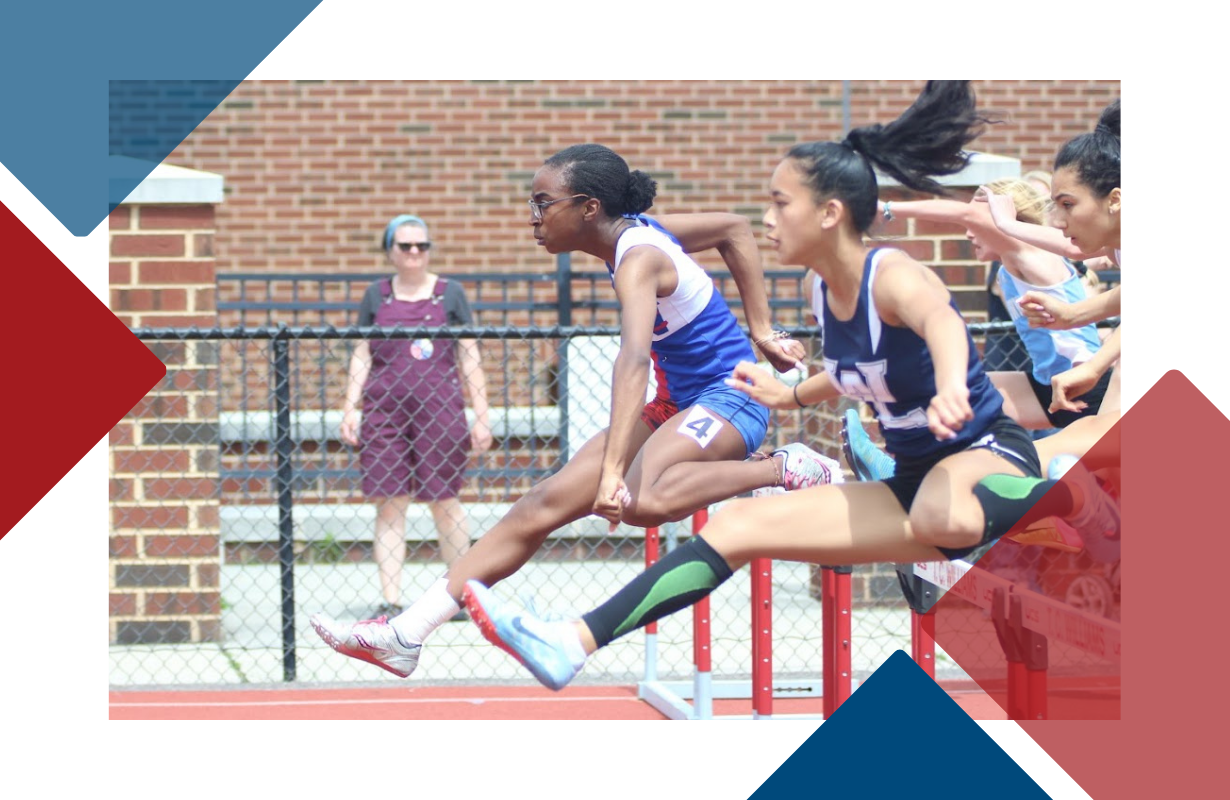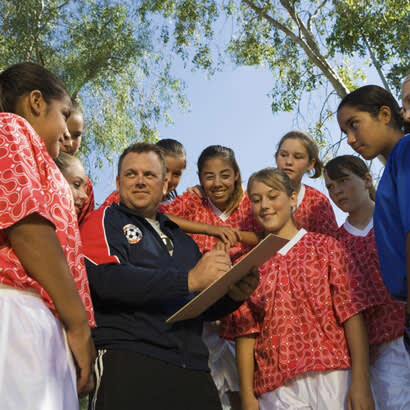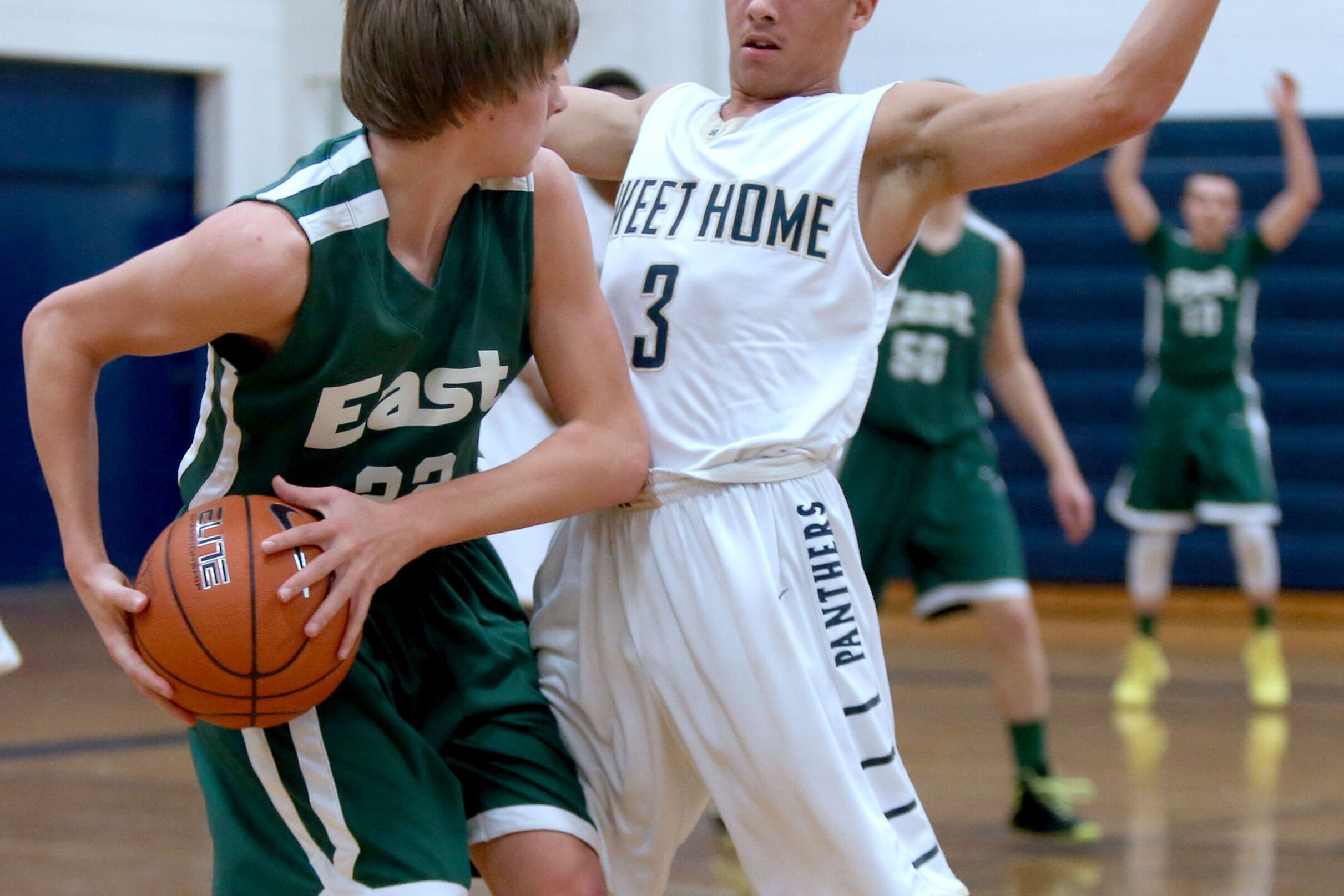Youth sports teams have dramatically increased their return to organized play during the past month and at a higher rate than initially expected, according to data from TeamSnap, a team management app used to schedule seasons and events.
When the COVID-19 shutdown began in March, TeamSnap CEO Dave DuPont guessed that youth sports activities would slowly start to resume in early July, build momentum over the summer, and have 75% of the participants back by the fall. DuPont said this week that utilization of TeamSnap is 30% above the company’s projections from March.
The renewed interest in returning to sports comes even as a record 62,751 new infections were reported across the United States on Wednesday. Thirty-six states have shown an increase in new cases in the past two weeks, including significant spikes in Texas, California and Florida that, in some cases, are overwhelming hospitals. Dr. Anthony Fauci, the nation’s top infectious-disease official, advises that some states seriously consider “shutting down” again.
Through a new heat map, TeamSnap is tracking state-by-state and sport-specific trends across the U.S. Each state and sport have a Return to Sport Index Score that is calculated by using TeamSnap registrations, invitations and events (games and practices) measured as a percentage relative to the same trailing 28-day period from 2019. At this time, the score does not take into account cancellations for team or event plans that changed due to health guidelines or another reason. TeamSnap said cancellations per team are down 16% compared to last year at this time.
The Return to Sport Index Score “should be viewed as an indicator of what other people are doing or planning to do as they form teams and schedule events,” DuPont said. “The data don’t say anything about whether it’s actually safe or not. It’s not a recommendation. It’s not, ‘This is cool, everything is 100%, let’s resume play without protection.’ It’s simply data.”
In this week’s numbers, almost every state has a 100% Return to Sport Index score. That does not mean those states are completely back to play; rather, it shows that the level of activity on TeamSnap’s platform is the same as it was last year at this time.
The only states that do not have a 100% score: New Mexico (30%), Maine (41%), North Carolina (59%), Oregon (64%), Rhode Island (73%), California (78%), Washington (88%), New York (90%), Massachusetts (92%), Nevada (95%), Kentucky (98%), This week, New Mexico announced that it won’t play high school football and soccer this fall, and hopes to play those sports in the spring.
Baseball, softball, ice hockey, lacrosse, soccer and volleyball all have 100% scores nationally, meaning they’re at the same capacity as a year ago. Basketball (76%) and football (66%) are lower.
“One surprising thing is we have over 100% resumption of play in many places or sports, according to our definition,” DuPont said. “That’s because of the compression of schedules. If a baseball team wasn’t playing in April through June, they’re compressing their schedule so there are more events now.”
Health experts have cautioned that youth should not immediately return to the same pre-pandemic number of games, which were already high in many cases. Playing too many games can increase the risk of overuse injuries, heat illness and burnout.
Separate data from LeagueApps, another youth sports team management platform, showed club sports are the biggest driver of return to play. In April, while total youth sports program creation was down 53% from a year earlier on LeagueApps, club program creation was up 23%. In May, club program creation jumped another 25%.
This week, former CDC director Dr. Tom Frieden released a new report with advice on how schools can carefully and responsibly reopen in the fall. Frieden said schools should consider limiting physical education to lower-risk activities such as running, rather than higher-risk activities like wrestling.
“And team sports may be too risky,” Frieden wrote. “Generally, schools should suspend activities that require unnecessary intermingling, although it may be reasonable to make some exceptions, for example a walking or cycling trip that starts at the school. Outdoors is far, far safer than indoors.”
Football is one of the most challenging team sports to bring back, including at the youth and high school levels. According to TeamSnap, 14 states are at the same level of activity for football on the platform as last year at this time – Texas, Idaho, Nevada, Colorado. Oklahoma, Kansas, Minnesota, Indiana, Iowa, Missouri, Arkansas, Louisiana, Mississippi and Georgia. Some states have much less activity with football plans compared to 2019, such as Tennessee (29%), California (30%), Oregon (33%), New Mexico (33%), Maryland (38%) and New York (38%).
TeamSnap is updating its data each week to understand the return-to-play trends in all sports.
“There is profit motivation here (for leagues to return) because there are organizations losing money,” DuPont said. “And there are altruistic motivations – kids getting out to play. All things being equal, (organizations) would prefer people getting out there playing.”
Do you have a topic that you would like Project Play to explore in future COVID-19 youth sports coverage? Email Jon Solomon at jon.solomon@aspeninstitute.org.





















